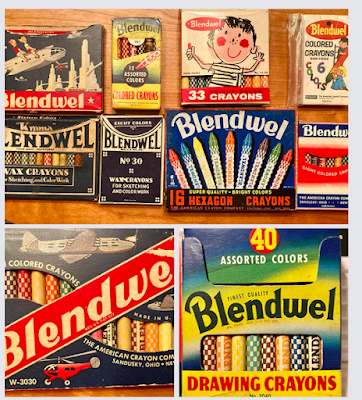BOOKS READ 2022: THE HARDSCRABBLE HOMETOWN MEMOIRS

Seems there's no shortage of booklists at the end of every year. I like to wait till the end of December as I get some of my best reading done in the last days of the last month of the year. I use Goodreads to track my reads for the year-- here's my list for 2022 . I continue to read mostly in the category of memoir followed closely by travel. I suppose the memoir reads were influenced by the fact I published a memoir of my own this year, The Color Capital of the World: Growing Up with the Legacy of a Crayon Company and looked at how others had told their stories. I enjoy memoir for all the times and places it can take the reader. I'm slowly working my way through the five volume memoir of Osbert Sitwell, which allows me a glimpse into an English artistocratic family of eccentrics in the Edwardian period--a life I'd never have a clue about in my here and now. Other memoirs I've sampled: Rock and Roll legends, television celebrities,...








.JPG)
.JPG)



